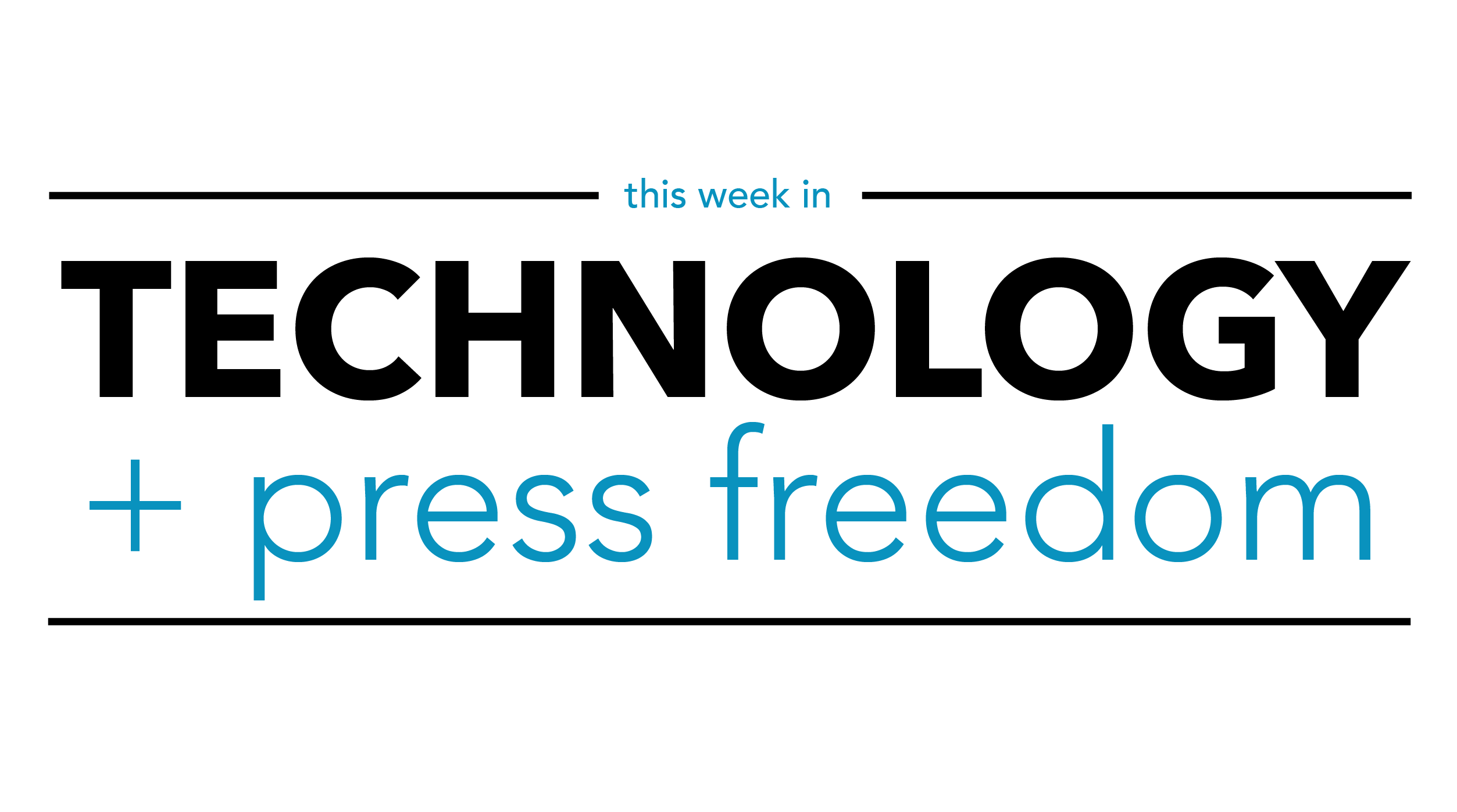Justice Thomas suggests social media platforms qualify as ‘common carriers’

On April 5, the Supreme Court vacated the U.S. Court of Appeals for the Second Circuit’s decision in Knight Institute v. Trump and ordered the Second Circuit to dismiss the case as moot. The Second Circuit had upheld a district court decision finding that former President Donald Trump violated Twitter users’ First Amendment rights when blocking them from a personal account used for official business.
The Supreme Court’s decision was brief and unsigned but Justice Clarence Thomas used the occasion to suggest in concurrence that technology platforms like Twitter may properly be regulated as “common carriers” (like the phone system) or places of “public accommodation” (like a retail store or movie theater).
Justice Thomas’s invocation of common carriage regulation is particularly relevant to press freedom advocates. Common carriage is an ancient concept where businesses that serve a “public calling,” like ferries, innkeepers, and freight-haulers, receive certain legal benefits and protections in exchange for an obligation not to discriminate against anyone who might want to use their services (with limited exceptions). Following the American industrial revolution, services like the telegraph and telephone were also considered common carriers.
In his concurrence, Justice Thomas suggested that common carriage regulation for social media platforms might be appropriate given the “historically unprecedented … concentrated control of so much speech in the hands of a few private parties.” With respect to press rights, Justice Thomas’s observation raises two interconnected concerns.
First, he elides an important difference between the “dumb pipes” that carry bits and bytes without regard to their content and “edge” providers — the entities that host and produce content online, like social media platforms, which then distribute that content over those pipes.
From a First Amendment perspective, that’s a crucial distinction. While there may be arguments that certain regulations, including common carrier status, pass First Amendment muster for companies that hold themselves out to the public as neutral data transmitters, a non-discrimination obligation could be used as a tool of censorship if applied to platforms that exercise editorial discretion in curating content they host. The Reporters Committee recently made that point in a friend-of-the-court brief supporting Twitter’s challenge to a subpoena from the Office of the Attorney General in Texas.
Second, the “market power” argument has historically been deployed against the press in a similar manner. In 1974, proponents of an enforceable “right-of-reply” in print media argued that the Miami Herald’s market power justified governmental intrusion in editorial decisionmaking. Fortunately, the Supreme Court unanimously and expressly rejected that argument in Miami Herald v. Tornillo. Earlier, arguments around broadcast concentration also featured prominently in the push to hold CBS President Frank Stanton in contempt for refusing to turn over documentary outtakes in connection with the flap over “The Selling of the Pentagon.”
Regardless of how one feels about the technology platforms, applying a common carrier regulatory framework to companies that host and curate third party speech poses a significant risk that government officials would co-opt such regulation to police speech online. While no justice joined Justice Thomas’s concurrence, we will continue to monitor this line of argument.
Like what you’ve read? Sign up to get the full This Week in Technology + Press Freedom newsletter delivered straight to your inbox!
The Technology and Press Freedom Project at the Reporters Committee for Freedom of the Press uses integrated advocacy — combining the law, policy analysis, and public education — to defend and promote press rights on issues at the intersection of technology and press freedom, such as reporter-source confidentiality protections, electronic surveillance law and policy, and content regulation online and in other media. TPFP is directed by Reporters Committee attorney Gabe Rottman. He works with Stanton Foundation National Security/Free Press Legal Fellow Grayson Clary and Technology and Press Freedom Project Legal Fellow Mailyn Fidler.